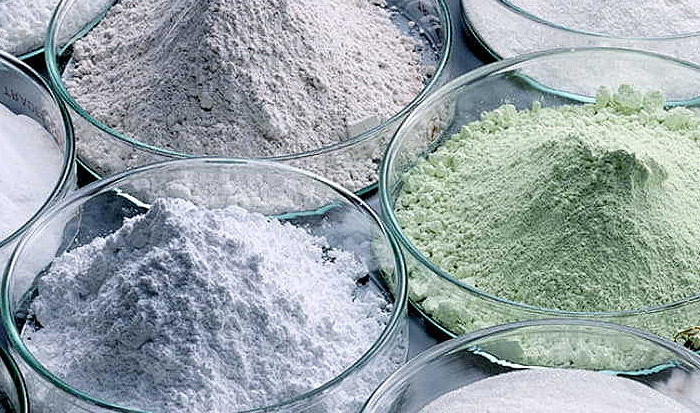How Do Low-Temperature Soaping Aids Improve Fabric Washing Performance
With growing awareness of environmental protection and energy conservation, Low-temperature soaping aids are gaining increasing popularity in the textile industry. While traditional high-temperature cleaning methods require significant energy, low-temperature soaping agents effectively remove oil stains and residual dyes from fabric surfaces at lower temperatures, significantly reducing energy consumption. This innovative product not only improves production efficiency but also reduces costs and environmental impact, thus meeting the requirements of green production.

The key advantage of low-temperature soaping agents is that they achieve excellent cleaning results at temperatures between 30°C and 50°C. This makes the production process more energy-efficient and environmentally friendly, while also minimizing textile damage and shrinkage caused by high temperatures. After cleaning, fabrics are left with vibrant colors and a softer feel, providing consumers with a higher-quality finished product. By using low-temperature soaping agents, companies can increase the added value of their products and meet market demand for high-quality textiles.
Furthermore, the environmental friendliness of Low-temperature soaping aids contributes to their popularity. Free of harmful chemicals, they comply with global environmental standards and are harmless to both operators and the environment. Under increasingly stringent environmental regulations, choosing low-temperature soaping auxiliaries is not only a manifestation of corporate social responsibility but also an important strategy to meet market demand. As the textile industry continues to pay more attention to green and sustainable production methods, low-temperature soaping auxiliaries are undoubtedly an inevitable trend in future development.
Blogs
Other Blogs
Any Questions? Get In Touch.
We Can Recommend Suitable Products According To Your Needs.

